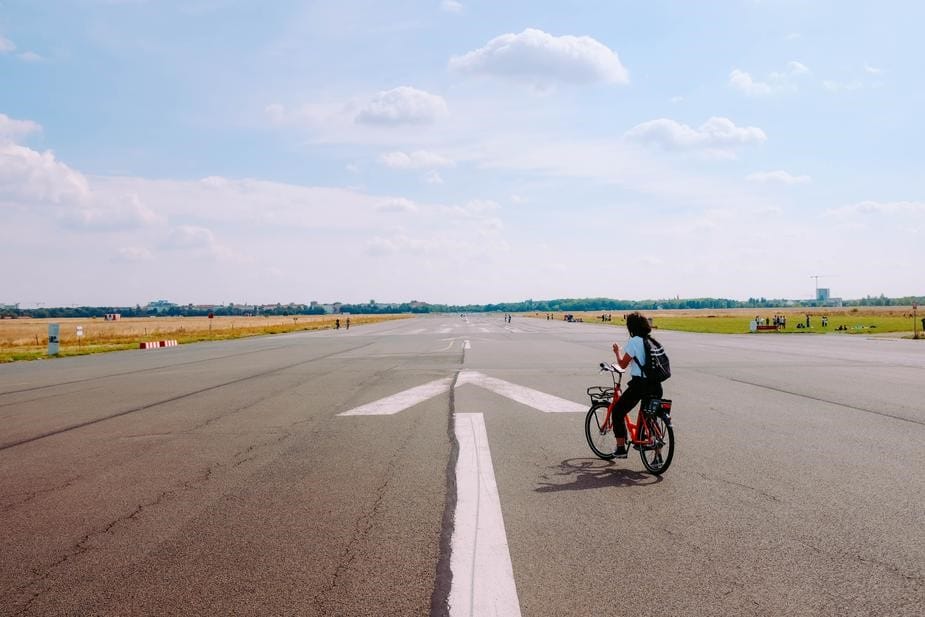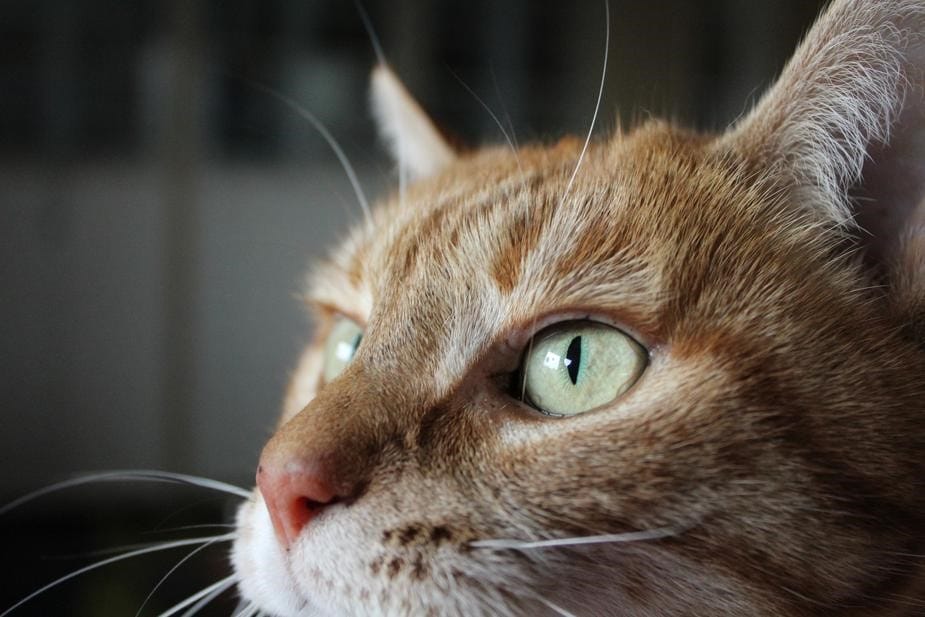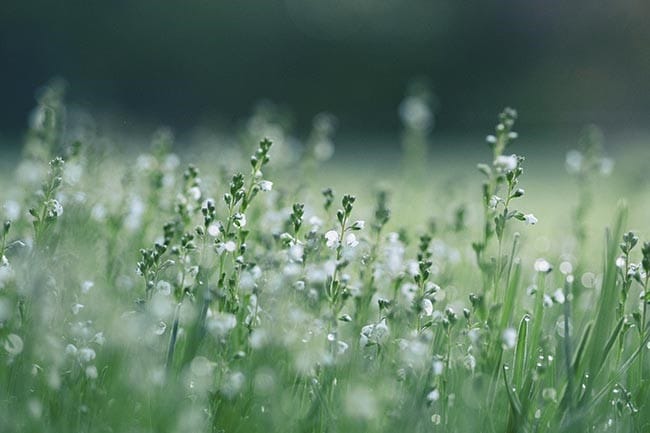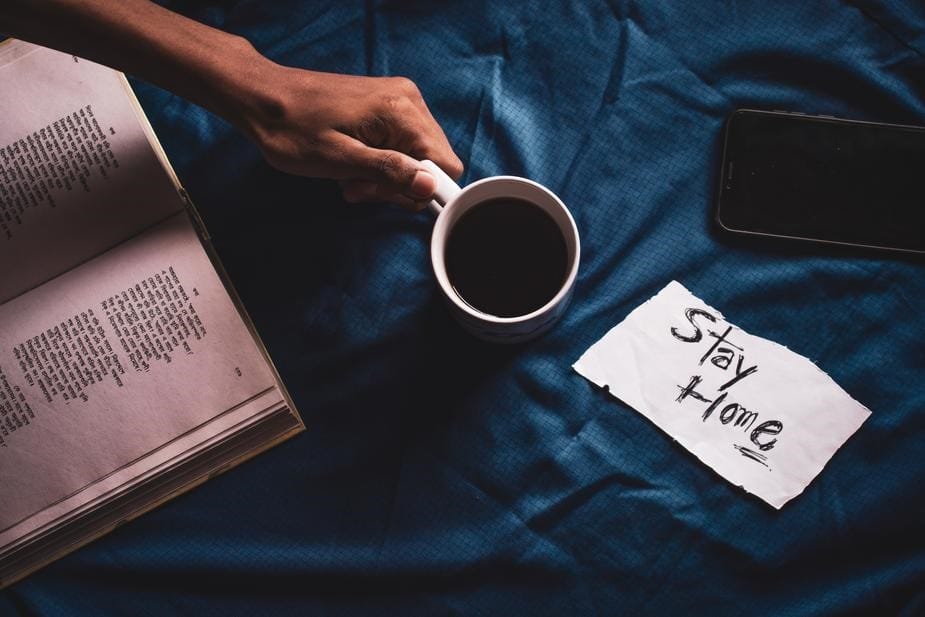Tech
Creative Power in 7-Day Editing Courses
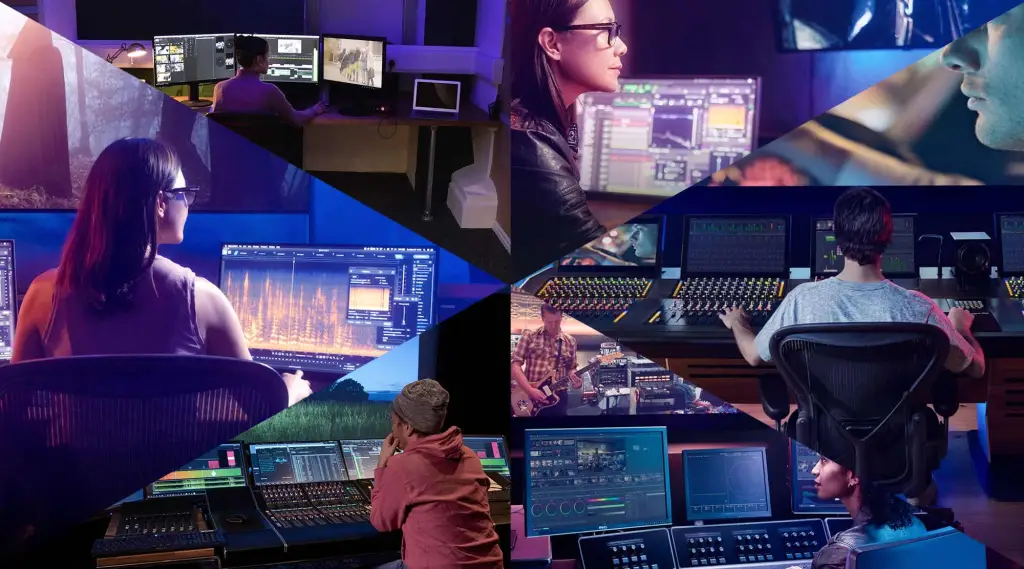
Structured Lessons Enhance Artistic Focus GIMP
Clarity of purpose turns vision into results
For many creative learners, structure can be the key to unlocking untapped potential. A 7-day online course in image editing provides daily themes that offer both direction and limitation—two elements that paradoxically liberate creativity. Instead of drifting through random tutorials, participants follow a clear path where each lesson builds on the previous one. This kind of structure helps turn abstract ideas into visual forms, especially when paired with challenges like mood boards, poster layouts, or reimagined edits. Consistent progression reduces decision fatigue and channels energy into artistic intent.
Short Timelines Boost Experimental Thinking
Working fast encourages fearless decisions
Time-limited learning formats challenge participants to create under pressure, and that pressure sparks boldness. Knowing there's only one day to explore a concept motivates learners to stop overthinking and start doing. Instead of waiting for perfect conditions, they test colors, apply filters, rearrange layers, and assess results in real time. This rapid pace nurtures a mindset where mistakes aren’t setbacks but steps toward improvement. In short courses, the goal shifts from perfection to expression, which is essential for discovering fresh visual directions and spontaneous style.
Daily Creation Forms a Creative Habit
Repetition builds instinct and visual fluency
Creativity thrives in routine. A 7-day editing course provides exactly that—a repeated daily cycle of learning, experimenting, and refining. Participants start each day with a new tool or visual concept, such as texture blending, contrast shaping, or composition editing. This rhythm gradually builds muscle memory and visual awareness. Over the course, learners become more intuitive with their design decisions. The act of sitting down daily to create becomes second nature, and with each session, confidence in visual storytelling grows. Through repetition, experimentation becomes a habit.
Themed Projects Encourage Conceptual Thinking
Ideas take shape through meaningful visual exercises
A major strength of structured short-term courses is their ability to incorporate themed projects. These tasks, such as creating a digital mood board, designing a dream journal cover, or editing a photograph into multiple visual moods, train learners to align imagery with intent. Rather than editing for aesthetics alone, participants edit to convey emotion, narrative, or symbolism. This process develops an understanding of visual language—how shadow implies mystery, how color affects tone, and how placement influences interpretation. With guidance, ideas evolve into coherent visual expressions.
Creative Tools Become Second Nature (Important!)
Familiarity leads to freedom of artistic choice
When learners become confident with tools, they stop focusing on “how” and start asking “why.” This transformation usually happens during short, immersive courses, where each day introduces a key technique. For example, understanding how to use brush opacity, layer masks, or color curves in GIMP shifts the focus from learning tools to using them for purpose. Once technique is mastered, creativity flows more freely. The more natural the tools feel, the more likely learners are to push limits, explore effects, and build a unique visual identity.
Visual Identity Begins to Emerge
Patterns in creative decisions reveal personal style
A remarkable byproduct of daily editing is the emergence of personal style. As learners produce more work in a condensed time frame, trends begin to surface—certain color palettes, framing choices, or thematic preferences. These repetitions aren't limitations; they’re the roots of creative identity. When encouraged to explore the same concept in different ways—like editing one image to look cold and moody, then warm and nostalgic—students begin to refine what speaks most to them. Over time, their work starts to carry a signature look, reflecting individual taste and perspective.
Reflection Turns Practice into Insight
Revisiting edits helps reveal creative progress
A crucial part of 7-day online courses is the opportunity to reflect. By comparing early attempts with more developed ones, learners observe real growth in both skill and vision. Instructors may suggest revisiting previous images to apply new techniques—adding gradients, improving layering, or balancing color. Through this process, learners not only improve technically but also sharpen their understanding of what works visually. Reflection deepens self-awareness and encourages critical thinking, key components for anyone aiming to grow as an image editor with creative intent.
Courses End, but Creativity Carries On
Short-term learning leads to long-term growth
Though the course may last just a week, the impact extends far beyond. Students leave with completed projects, improved techniques, and a foundation for continued exploration. The habit of daily creation, paired with a structured learning path, instills the discipline and vision needed to develop further. Whether the next step is joining creative communities, building a portfolio, or exploring larger concepts, the groundwork is set. A 7-day course is not an end—it’s a starting point for lifelong creative discovery and image-driven storytelling.
Conclusion: Small Steps, Big Creative Gains
Focused time fuels unlimited visual potential
Creativity doesn’t require endless time—it needs space to grow. A structured 7-day online image editing course offers that space. Through themed projects, guided lessons, and repeated practice, learners discover more than just tools—they uncover voice, direction, and confidence. With intentional limits and consistent exploration, creativity is no longer accidental but deliberate. Whether using GIMP or another editing platform, the result is the same: greater clarity, refined vision, and the joy of turning imagination into image.
